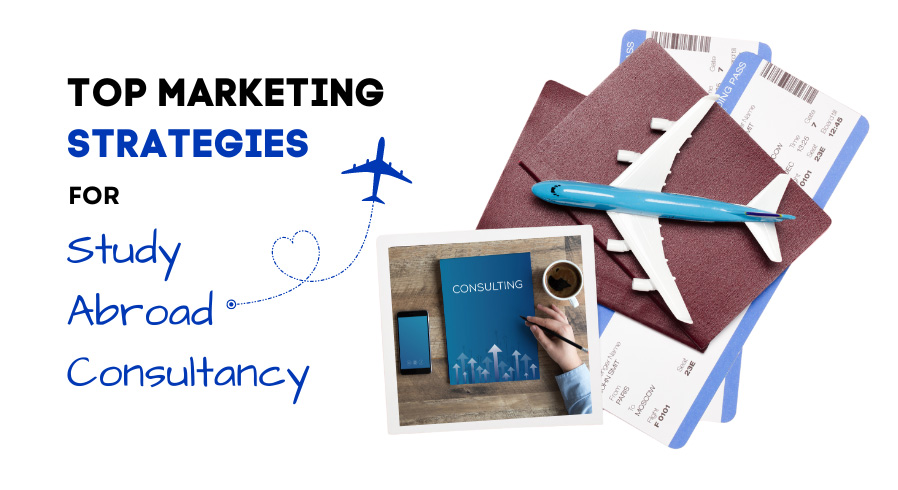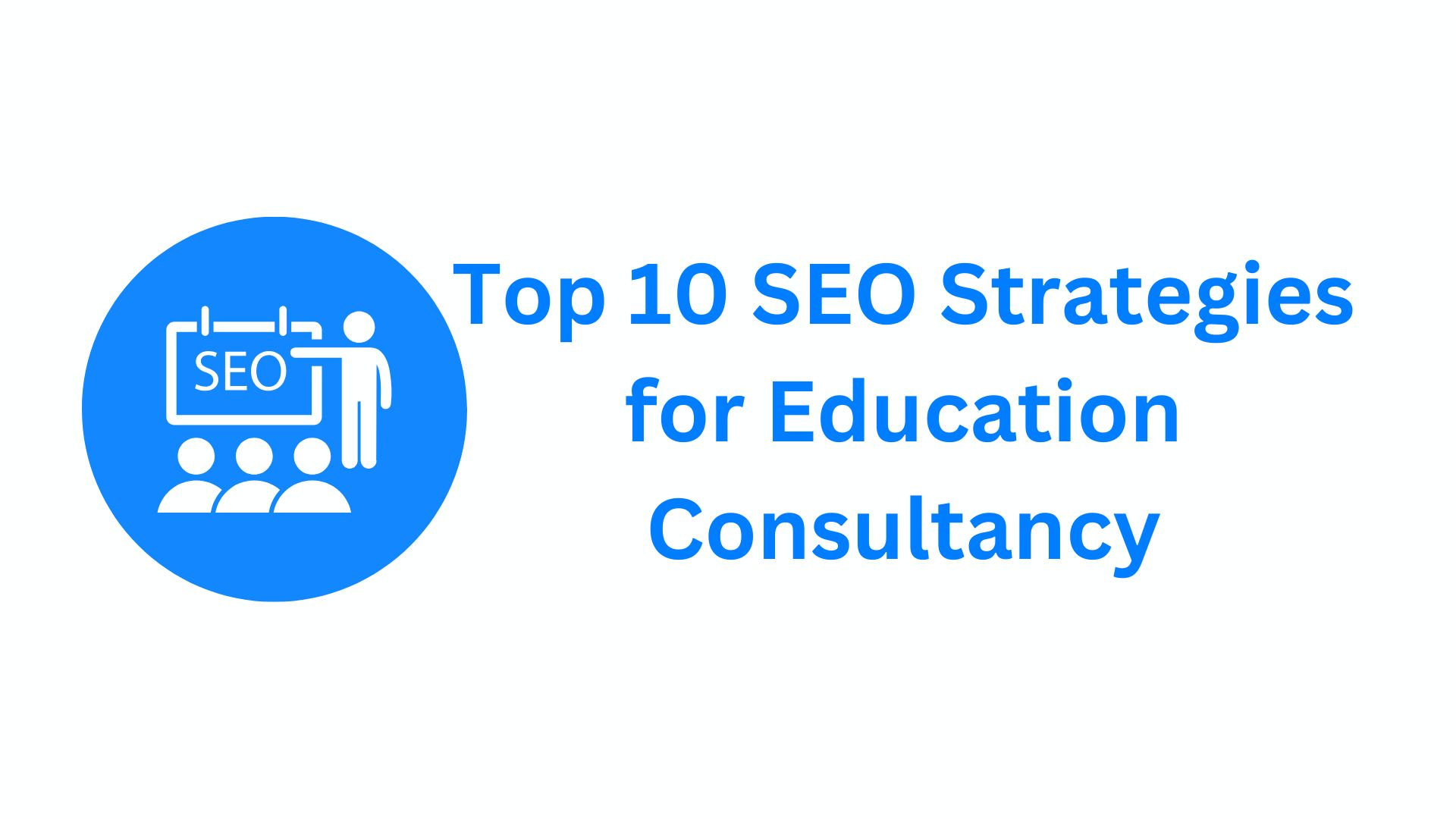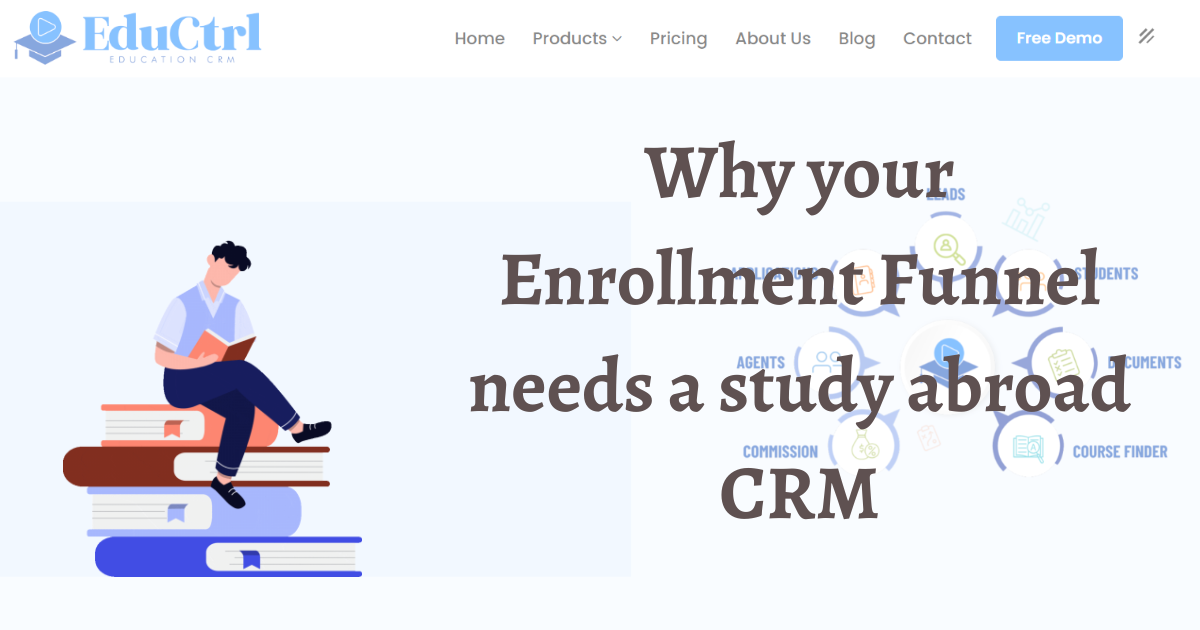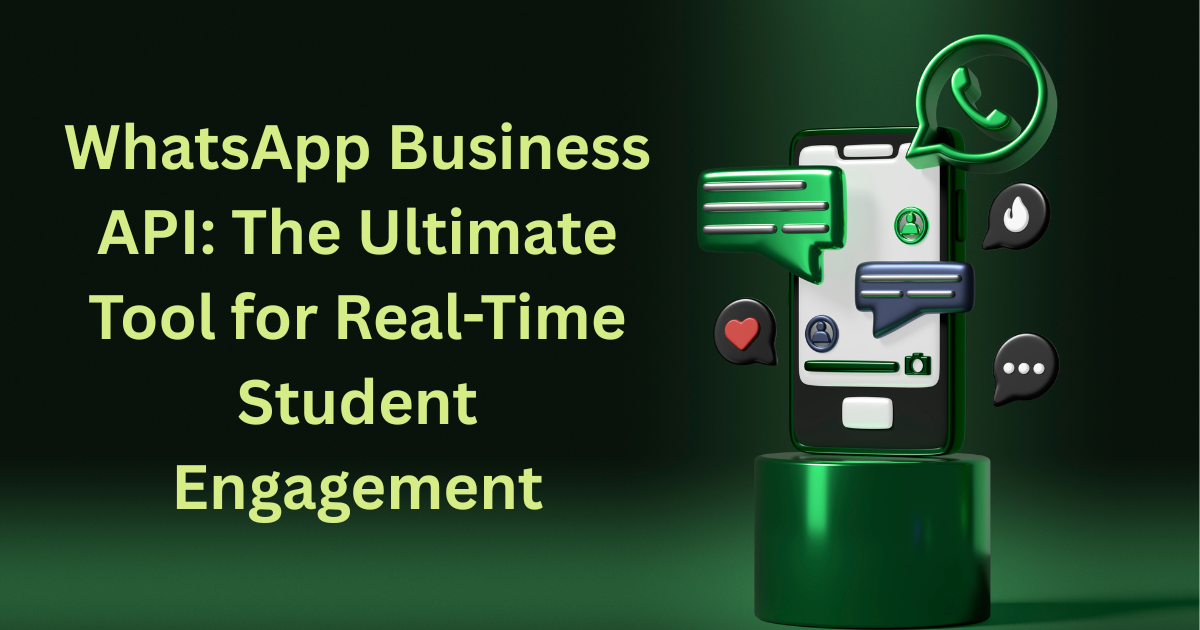Table of Contents

In a world driven by digital communication, email marketing has become a powerful ally for educational institutions and edtech platforms to help them grow their student base. Whether you're promoting tutoring services, online courses, or campus programs, email allows you to deliver personalized messages, nurture leads, and build trust—all at scale.
How Can Smart Email Marketing Campaign Drive Student Enrollment and Engagement?
In today’s fast-paced digital landscape, students are bombarded with information from all directions—social media ads, push notifications, and endless content streams. Amidst this noise, email remains a trusted and personal channel—a direct line to your prospective students’ inboxes and attention. However, it’s not just about sending emails; it’s about sending the right emails, at the right time, with the right message.
This blog dives into the top 10 email marketing strategies that can transform how you connect with students—from sparking initial interest to guiding them toward enrollment and beyond. Whether you're an educational institute, online course provider, or private tutor, these strategies are designed to help you build stronger relationships, inspire action, and grow your student base with confidence.
Why Does Email Marketing Still Reign Supreme in Student Outreach?
Despite the rise of social media and instant messaging apps, email remains one of the most powerful and cost-effective tools for engaging with prospective and current students.
Unlike fleeting social media posts that depend on algorithms and other factors, email gives you direct, uninterrupted access to your audience's inbox—a space they check daily with intent and focus.
Email marketing allows educational institutions, coaching centers, and online course providers to go beyond generic promotions. It empowers you to deliver personalized content, build meaningful relationships, and guide students through their educational journey—from discovery to decision-making. With the ability to track engagement, automate responses, and tailor messages based on behavior or interests, email campaigns can be both smart and scalable.
In this blog, you’ll discover 10 proven strategies that will help you attract more students, improve retention, and strengthen your brand’s credibility—all by simply mastering the art of email marketing.
What are the Top 10 Email Marketing Strategies to Attract More Students?
Let’s dive right into the top 10 email marketing strategies that can help you attract, engage, and enroll more students.
1. Segment Your Email List for Personalized Targeting:
The first step to successful email marketing is to understand that students are not a one-size-fits-all audience. Each student has unique goals, interests, and educational levels.
By segmenting your email list, you can send tailored content based on various factors, such as age, course interests, behavior, and where they are in the enrollment process.
For instance, high school students might be more interested in test preparation, while working professionals might want flexible online certifications.
Segmentation allows you to speak directly to the student’s needs, significantly improving open rates and engagement. In fact, personalized emails often lead to more than 40% higher open rates and nearly 25% more conversions. That’s the power of knowing your audience.
2. Craft Engaging and Relevant Subject Lines:
Your email is only as effective as your subject line. If it doesn’t grab attention, your message won’t even be seen. A great subject line creates curiosity, communicates value, and often adds a touch of urgency.
Keep it short and specific. Instead of “Join our course,” go for “Get 20% off your IELTS prep—Offer ends soon!” You can also personalize subject lines using the recipient’s name or interest, such as “Priya, are you ready to master Python?”
Don’t forget to test different subject lines (A/B testing) to see which ones resonate best. A few tweaks can lead to a big boost in open rates.
3. Offer Value Through Educational Content:
Before asking students to enroll, give them something valuable. This could be in the form of free resources, tips, or tools that demonstrate your expertise and goodwill.
Examples include downloadable eBooks, how-to guides, career advice articles, webinar invites, or even short email courses. Sharing helpful content establishes your credibility and shows prospective students that you’re invested in their success, not just enrollment numbers.
When students consistently find value in your emails, they begin to trust your brand—and trust is the foundation of conversion.
4. Automate the Email Journey with Drip Campaigns:
Email automation is a game-changer. Drip campaigns are a series of scheduled, pre-written emails sent automatically based on student behavior or a timeline.
Imagine this: A student signs up for a free course preview. You could send them a welcome email on Day 1, share success stories on Day 3, offer a discount on Day 5, and remind them about limited seats on Day 7. This keeps your brand on the top of their mind while gently guiding them toward enrollment.
Drip campaigns ensure that no lead is forgotten and that every student receives timely, relevant communication—without extra manual work on your part.
5. Highlight Student Testimonials and Success Stories:
Nothing builds trust like real success stories. Featuring testimonials from happy students or alumni can significantly increase your credibility and inspire others to take action.
In your emails, share brief quotes, photos, or even video clips of students talking about their positive experiences. Highlight the improvements they saw, the opportunities they gained, or the goals they achieved with your help.
When prospects see peers thriving, thanks to your program, they’re more likely to believe in its value and take the next step.
6. Use Eye-Catching Visuals and Mobile-Friendly Design:
Most students check their emails on their phones. If your design doesn’t look good on mobile, your message may never be read.
Use clean, responsive templates that load quickly and look great on any screen. Incorporate compelling visuals like photos of students, infographics, or banners that draw the eye. Break up long text with short paragraphs, headers, and buttons.
Always include a clear call-to-action (CTA) that’s easy to spot—whether it's “Enroll Now,” “Download the Guide,” or “Join the Free Webinar.” Make it visually distinct and repeated if needed.
7. Run Seasonal and Limited-Time Campaigns:
Timing your emails around key events or seasons adds urgency and relevance. Whether it’s a back-to-school campaign, a holiday special, or an early-bird discount, time-limited offers motivate quick decisions.
For example, at the start of the academic year, send an email like: “Ready for a Fresh Start? Save 15% on All Courses This Week Only!” Or during exam season: “Crash Courses Filling Fast—Reserve Your Seat Now!”
Students respond well to deadlines. A compelling, seasonal hook can drive conversions that might otherwise take weeks.
8. Include Strong Call-To-Actions (CTAs):
Your email should have a clear, singular purpose—and that purpose must be easy to act on.
Whether you want the reader to register for a webinar, download a brochure, or enroll in a course, tell them exactly what to do. Always use action-oriented language like “Start Your Free Trial,” “Claim Your Spot,” or “Talk to a Counselor Today.”
Place your CTA buttons strategically—ideally once above the fold and again at the end of the email. Make sure they stand out visually and lead to an easy-to-navigate landing page.
9. Track Metrics and Optimize Accordingly:
Email marketing isn’t a set-it-and-forget-it strategy. To keep improving, you need to track performance and learn what works best for your audience.
Monitor metrics like open rates, click-through rates, conversions, bounce rates, and unsubscribes. For example, if you notice low open rates, revisit your subject lines. If click-through rates are low, perhaps your CTA needs work or your content isn’t compelling enough.
Use this data to fine-tune your campaigns. Small improvements can lead to significant gains in engagement and enrollment.
10. Nurture Long-Term Relationships with Alumni Campaigns:
Your connection with students shouldn’t end after enrollment or course completion. Stay in touch to turn them into loyal advocates and repeat customers.
Send follow-up emails celebrating their success, offering advanced courses, or inviting them to refer friends. You could also share job opportunities, invite them to alumni events, or ask for testimonials.
Maintaining relationships with alumni keeps your brand in their minds and opens doors to word-of-mouth referrals and future enrollments.
Bonus Tip: Encourage Email Sharing and Referrals
Turn your existing subscribers into ambassadors by asking them to share your emails with friends or refer others.
You can add a friendly message like: “Know someone who’d love this course? Forward this email and help them get started!” Or run a referral program with rewards like discounts, free classes, or bonus content.
This approach amplifies your reach and brings in new students through trusted, personal connections.
Final Thoughts: Email Your Way to Growth
Email marketing is not just a tactic—it’s a long-term strategy for growth, trust-building, and student engagement. From personalized content and automation to visual storytelling and success-driven campaigns, emails let you connect with students at every stage of their journey.
The best part? It’s cost-effective, scalable, and proven to deliver results.
So, whether you're a solo tutor, an edtech startup, or a large institution, now is the perfect time to start implementing the above top 10 strategies. With the right tools and a thoughtful approach, you can transform your email list into a community of eager, engaged learners.
Don’t just communicate—captivate, connect, and convert. Your next wave of student success is only an email away!









